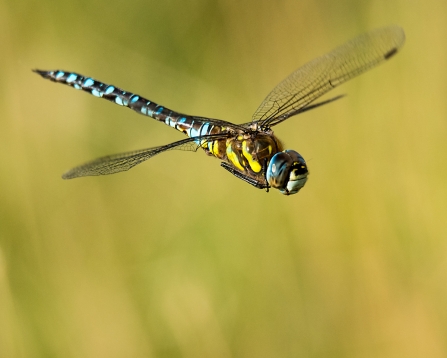Insects are crucial to many ecosystems and vital for the food chain - extreme losses will have disastrous consequences. At Essex Wildlife Trust, we are working hard to protect key insect habitats and monitor insect populations across the county.
How are we helping insects in Essex?
Essex Wildlife Trust Belfairs Woodland Nature Reserve in South Essex was a key location in 2018 for insect habitat management; the successful re-introduction of the Heath Fritillary, one of Britain’s rarest butterflies, led to a second brood emerging for the first time in September.

